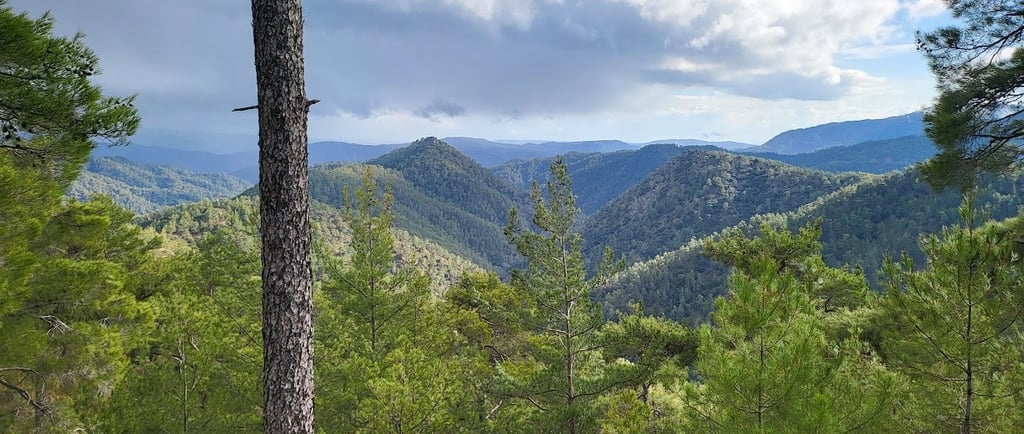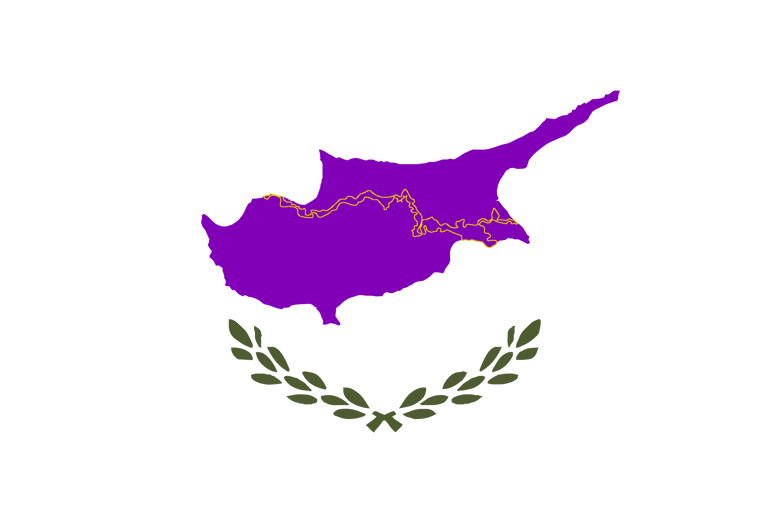Save Akamas!
Cyprus is not new to natural resource extraction and capitalist develoment eroding our socio-ecological structures. Here's what laws are supposed to protect us from such exploitation in the context of Peyia..


Inadequate Environmental Impact Assessments
An Environmental Impact Assessment (EIA) is like a "report card" for big projects (like building a dam, highway, or factory) to see how they might harm nature. Before starting a project, experts study how it could hurt the environment—like hurting animals, polluting water, or cutting down forests. The goal is to fix problems before they happen.
Questions asked include;
What’s the project? Where will it be?
What plants, animals, water, or air could be affected?
Will it create pollution? Destroy habitats?
Can the project be changed to protect nature?
Let people share their opinions (like nearby residents or scientists).
Aetheria Heights Ltd, a company formerly owned by former Cyprus President George Vasiliou and now transferred to his three children, would serve a large-scale mixed-use development project situated in a Protection Zone (Z1) neighbouring forest land within the Natura 2000 network. The Peyia Dam's EIA and planning contravene EU directives primarily due to;
1. Failure to meet Annex I requirements: As a dam project, it falls under Annex I of the EIA Directive (2011/92/EU), mandating a mandatory environmental impact assessment due to inherently significant environmental effects. Evidence suggests gaps in assessing:
Hydrological impacts on water flow and biodiversity
Transboundary effects (e.g., downstream ecosystems), violating the Espoo Convention requirements integrated into the EIA Directive
EIAs have been conducted for major projects (e.g., Akamas’ Local Plan, Peyia Dam), but consistently criticized for procedural flaws and non-compliance with EU directives. Official reports and media confirm assessments exist but often fail legal/environmental standards
2. Inadequate public participation: The EIA Directive (Art. 6) and Aarhus Convention mandates meaningful public consultation, including access to project details and decision-making rationale. Non-disclosure of key documents (e.g., EIA determination reasoning) would breach transparency obligations.
3. Deficient impact analysis: The project likely failed to address;
Cumulative impacts on protected habitats (e.g., Natura 2000 sites), violating the Habitats Directive (Art. 6)
Climate resilience and vulnerability factors, as required by the amended EIA Directive.
Impact and risk to public health of surrounding socio-environmental community
4. Non-compliance with decision-making protocols: Approval decisions must explicitly state reasons for overriding significant environmental harm, per Directive 2011/92/EU. Omission of this justification would render the approval unlawful.
Socio-biodiversity impacts
Dams are linked to 24% of freshwater species facing extinction, with pollution, habitat loss, and invasive species as key drivers. Mitigation requires rigorous impact assessments and alternatives like protecting free-flowing rivers. The proposed dam by Aetheria Heights could have significant socio-biodiversity impacts;
Biodiversity
Habitat Fragmentation: Dams disrupt river connectivity, blocking fish migration routes (e.g., catfish, salmon) and isolating species populations. Loss of free-flowing rivers threatens endemic species adapted to natural flow regimes, increasing extinction risks.
Aquatic Biodiversity Decline: Reservoirs alter water temperature and oxygen levels, altering microclimates near reservoirs affecting humidity and temperature-sensitive species. Reduced sediment flow downstream degrades floodplain wetlands, impacting plants and animals dependent on seasonal flooding.
Invasive Species Proliferation: Stagnant reservoir water fosters invasive species, displacing native biodiversity.
Social structure
Livelihood Loss: Reduced fish populations threaten food security and income for communities reliant on fisheries. Agricultural productivity declines due to disrupted nutrient-rich sediment flows.
Cultural Displacement: Indigenous and local communities dependent on river ecosystems face loss of cultural practices tied to fishing and traditional land use.
Health and Economic Risks: Water quality degradation (e.g., pollution, algal blooms) increases health risks. Long-term economic costs arise from ecosystem service losses (e.g., flood regulation, water purification).


Endemic Species at Risk
Propomacrus cypriacus is a critically endangered species of beetle endemic to Peyia forest. The species is rare and local, found always in small numbers (C. Makris pers. comm. 2009) and it is considered that the population trend is decreasing. It is entirely dependent on decaying heartwood of veteran trees, a very specific and highly fragmented habitat type. Its population is considered severely fragmented because more than half of its subpopulations are currently very localised and isolated with no chance for connection between them and are suspected to not be viable.
Now, with the presence of endemic species in mind, this project threatens a plethora of integral species and their habitats within our Cypriot mediterranean ecosystem (protected under Annex II/IV). Breaches include EU Directives, Cyprus National Laws (Protection and Management of Nature and Wildlife Law (153(I)/2003), Forests Law (2012)) and finally, International Law (Bern Convention, Convention on Biological Diversity). As such, penalties we face include EU fines (e.g., ECJ rulings) and National sanctions.
In short, Cyprus must follow EU and international rules to protect its unique biodiversity, like achieved in Pentakomo. Ignoring these laws risks extinction of endemic species, cultural fragmentation and legal action.



